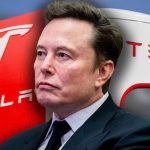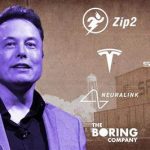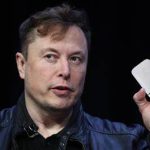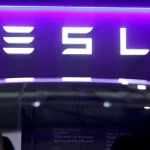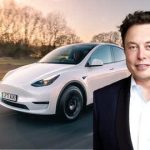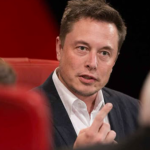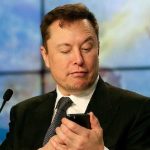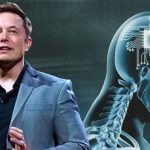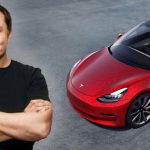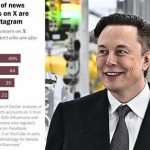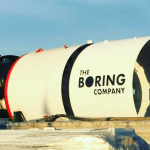Elon Musk’s Influence on Renewable Energy: Changing the World, One Solar Panel at a Time
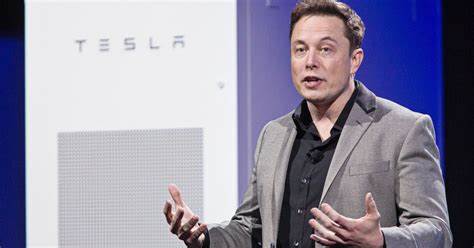
Elon Musk’s Influence on Renewable Energy: Changing the World, One Solar Panel at a Time
Elon Musk’s name is a beacon of innovation, synonymous with transformative leaps in technology and business. While he’s widely celebrated for Tesla’s electric vehicles and SpaceX’s cosmic ambitions, his influence on renewable energy is equally profound—and arguably more foundational to his mission of saving the planet. With a visionary mindset and a knack for turning audacious ideas into tangible realities, Musk has thrust clean energy into the mainstream, making it more accessible, practical, and aspirational. Through ventures like SolarCity and Tesla Energy, he’s not just harnessing sunlight—he’s redefining how humanity powers its future. This article explores Musk’s pivotal contributions to renewable energy, tracing his journey from SolarCity’s inception to Tesla Energy’s ecosystem, and examining how he’s changing the world, one solar panel at a time.
SolarCity: Turning Sunlight into Energy for Every Home
SolarCity’s story begins not with Musk himself but with his cousins, Lyndon and Peter Rive, who founded the company in 2006. Yet, Musk’s fingerprints are all over its rise—he was the mastermind who proposed the concept during a casual conversation at Burning Man, and as chairman and major investor, he provided the financial and strategic muscle to propel it forward. Under his guidance, SolarCity didn’t just enter the solar market—it redefined it, becoming a titan in residential and commercial solar installations across the United States by the early 2010s.
The company’s mission was ambitious yet straightforward: democratize solar energy, making it affordable and accessible to all while slashing reliance on fossil fuels. At the time, solar power was a niche luxury—high upfront costs deterred most households, and the industry leaned heavily on government subsidies. SolarCity flipped this script with a groundbreaking business model: instead of requiring customers to buy solar panels outright, it offered leasing options. Homeowners could install panels with little to no initial investment, paying a monthly fee for the electricity generated—often at rates lower than utility bills. This pay-as-you-go approach shattered financial barriers, bringing solar to middle-class rooftops and small businesses that once saw it as out of reach.
Beyond affordability, SolarCity tackled practicality. Musk pushed the company to innovate beyond mere installation, pioneering energy storage solutions to address solar’s Achilles’ heel: intermittency. By pairing panels with battery systems, SolarCity enabled homes to store excess energy generated during sunny hours for use at night or during cloudy days. This was a game-changer, particularly in regions prone to blackouts or with unreliable grids—think California during wildfire seasons or rural areas far from urban power hubs. By 2015, SolarCity was installing more residential solar systems than any competitor, a testament to Musk’s vision of sunlight as a universal resource, not a privilege.
SolarCity’s impact wasn’t just technical—it was cultural. It reframed solar energy as a smart, modern choice, not a hippie pipe dream. Musk’s involvement lent it a sheen of futurism, aligning it with his broader narrative of sustainability and innovation. While competitors scrambled to catch up, SolarCity set the stage for a solar revolution—one that Musk would soon amplify through Tesla.

Tesla Energy: Combining Solar and Storage to Create a Sustainable Future
In 2016, Musk orchestrated a pivotal move: Tesla acquired SolarCity for $2.6 billion, merging solar generation with Tesla’s expertise in energy storage and electric vehicles. Critics cried nepotism, pointing to Musk’s family ties and SolarCity’s shaky finances, but he saw synergy where others saw risk. The result was Tesla Energy, a division tasked with building a seamless renewable energy ecosystem—capturing sunlight, storing it efficiently, and powering lives sustainably.
At the heart of Tesla Energy is the Powerwall, a sleek, wall-mounted battery unveiled in 2015 and refined over the years. Designed for homes, Powerwall stores surplus solar energy or cheap grid electricity (say, from off-peak hours) for use when demand spikes or the grid fails. A single unit can power essentials like lights and appliances during an outage, while multiple units can sustain an entire household. By 2025, Powerwall installations have surged, fueled by growing climate concerns and grid instability—Hurricane-prone states like Florida and Texas have seen adoption soar. Beyond resilience, Powerwall cuts costs; users in high-rate regions like California shave hundreds off annual bills by tapping stored energy during peak pricing. It’s a practical bridge between solar’s promise and everyday life, embodying Musk’s knack for blending utility with innovation.
For larger-scale needs, Tesla Energy offers the Megapack—a behemoth battery system tailored for utilities and businesses. Unveiled in 2019, Megapack can store megawatt-hours of energy, stabilizing grids strained by renewable influxes or replacing fossil fuel “peaker” plants that fire up during demand surges. A standout example is South Australia’s Hornsdale Power Reserve, built with Tesla batteries in 2017. After a storm knocked out the region’s grid, the project—initially a Musk Twitter wager—proved its worth, saving millions in costs and cutting emissions by responding faster than traditional plants. By 2025, Megapacks dot landscapes from California to Europe, integrating wind and solar into grids with unprecedented efficiency.
Tesla Energy’s ecosystem extends further with the Solar Roof—a stylish alternative to traditional panels. Launched in 2016, these solar-integrated tiles mimic conventional roofing materials while generating power. Though pricier and slower to scale than anticipated, they reflect Musk’s obsession with aesthetics and functionality, targeting homeowners who value design as much as sustainability. Together, Powerwall, Megapack, and Solar Roof form a trifecta that doesn’t just generate energy—it reimagines how we store and use it, pushing toward a fossil-fuel-free horizon.
Impact and Vision
Musk’s renewable energy ventures have left an indelible mark on both the energy sector and the planet. SolarCity, before its Tesla merger, installed over 300,000 solar systems, powering homes and businesses with clean energy and slashing carbon footprints. Post-acquisition, Tesla Energy has amplified this reach—by 2025, millions worldwide rely on its products, from suburban Powerwall users to utilities deploying Megapacks. The numbers tell a story: Tesla’s energy storage deployments hit 10 gigawatt-hours in 2024 alone, enough to power small cities for hours during peak demand. This scale has accelerated the shift from coal and gas, with regions like Hawaii and Puerto Rico leaning on Tesla solutions to rebuild greener grids after natural disasters.
Yet, Musk’s influence transcends metrics—it’s about momentum. His ventures have sparked a renewable energy gold rush, pressuring competitors like SunPower and Enphase to innovate faster and utilities to rethink fossil-heavy strategies. SolarCity’s leasing model inspired a wave of “solar-as-a-service” startups, while Tesla’s battery dominance has spurred R&D races among giants like LG Chem and CATL. Musk has turned clean energy into a viable, profitable frontier, proving it’s not just an environmental imperative but a business juggernaut.
His vision, however, stretches far beyond today’s wins. Musk dreams of a world where renewable energy isn’t a supplement but the backbone of global power—a future where solar and wind, paired with vast battery networks, render fossil fuels obsolete. The Gigafactory network, starting with Nevada’s Gigafactory 1, is central to this. These sprawling plants churn out batteries at scale, driving down costs (lithium-ion prices have dropped over 90% since 2010, partly thanks to Tesla’s push) and powering everything from Teslas to homes. Musk’s 2020 Battery Day unveiled plans for a $25,000 EV and terawatt-hour-scale production, tying affordable transport to ubiquitous clean energy. It’s a grand tapestry where every thread—solar, storage, vehicles—interlocks to wean humanity off carbon.
Conclusion: A Legacy in the Making
Elon Musk’s influence on renewable energy is a testament to his ability to fuse bold ideas with relentless execution. Through SolarCity, he cracked open the solar market, making sunlight a household staple. With Tesla Energy, he’s woven generation, storage, and usage into a cohesive ecosystem, tackling climate change with tools as practical as they are visionary. His impact ripples outward—millions live greener lives, industries pivot to sustainability, and governments eye renewable targets with newfound urgency.
Musk has shown that clean energy isn’t a distant dream or a niche experiment—it’s a here-and-now revolution with economic muscle. His critics may quibble over SolarCity’s rocky finances or Tesla’s ambitious timelines, but the results speak louder: gigawatts of stored power, plummeting emissions, and a blueprint for a renewable future. By marrying cutting-edge tech, innovative models, and a planet-sized vision, Musk is indeed changing the world, one solar panel at a time—and in doing so, he’s lighting a path toward a sustainable tomorrow that’s as inspiring as it is inevitable.
